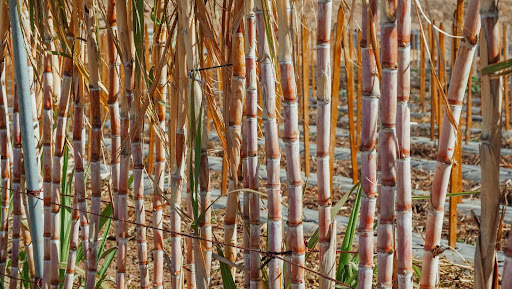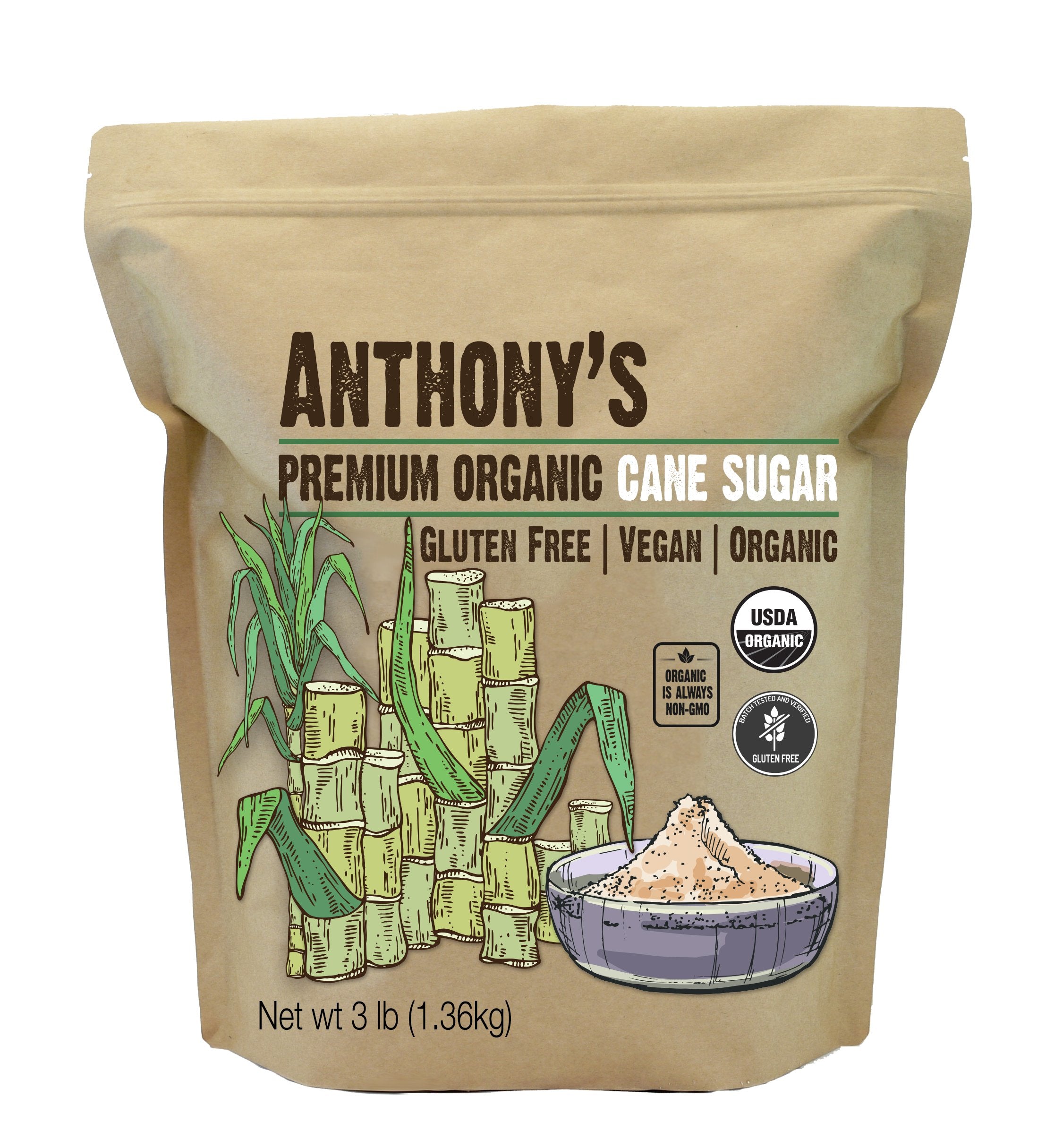Efficient Cane Sugar Processing: Making Best Use Of Return and Pureness
Efficient Cane Sugar Processing: Making Best Use Of Return and Pureness
Blog Article
Discovering the Comprehensive Tips Involved in Walking Cane Sugar Handling From Gathering to Refinement
The process of walking stick sugar manufacturing incorporates a collection of complex actions, starting with the cautious harvesting of sugarcane and finishing in the refinement phases that ensure the final item meets market standards. Each stage, from the extraction of juice to the filtration and condensation procedures, plays a crucial function in figuring out the quality and character of the sugar. Recognizing these stages not only highlights the complexity of sugar manufacturing yet likewise elevates vital questions concerning efficiency, sustainability, and technology in the industry. What ramifications do these elements have for future techniques?
Collecting Sugarcane
Harvesting sugarcane is a vital action in the cane sugar processing chain, as it directly influences the top quality and return of the final product. Correct timing and strategies are essential throughout this stage to guarantee optimum sugar content and reduce losses. Generally, sugarcane is harvested when it reaches maturation, generally 12 to 18 months after planting, defined by a high sucrose concentration.

Post-harvest, the sugarcane should be processed swiftly to avoid sucrose deterioration. Ideally, harvested cane needs to be delivered to refining facilities within 24 hr to preserve sugar quality. As a result, effective logistical planning is essential to maintain the honesty of the gathered crop throughout the supply chain.
Extraction Process

The crushed walking cane undergoes a collection of pushing procedures to maximize juice recovery. Commonly, warm water is splashed onto the smashed walking stick, producing a countercurrent flow that helps liquify the sugar while additionally assisting in the removal process. The juice collected from this procedure contains not only sugar yet likewise various natural substances and contaminations.

To improve removal effectiveness, some facilities may utilize diffusion techniques, where the sugarcane is taken in warm water, permitting the soluble sugars to diffuse into the liquid. The resulting juice, rich in sucrose, is then directed to subsequent processing phases, laying the structure for filtration and improvement. The removal procedure is therefore crucial in determining the quality and yield of the final sugar item.
Filtration Strategies
The purification methods used in walking cane sugar handling are important for changing the raw juice into a top notch sugar item. These techniques mostly aim to remove contaminations, such as dirt, plant materials, and inorganic substances, which can adversely affect the last item's flavor and color.
Among one of the most typical filtration techniques is clarification. This procedure includes adding lime and heat to the raw juice, which facilitates the coagulation of impurities. The resulting precipitate is then gotten rid of with sedimentation or filtering, yielding a more clear juice. Furthermore, the usage of phosphoric acid can improve the clarification procedure by more binding impurities.
Another substantial method is carbonatation, where carbon dioxide is presented to the clarified juice. This reaction generates calcium carbonate, which catches staying impurities and advertises their removal.
Furthermore, activated carbon treatment may be related to adsorb any kind of staying colorants and organic pollutants, making sure a more polished product. The mix of these methods efficiently prepares the sugar juice for subsequent action in the refining process, establishing the stage for the production of high-grade walking stick sugar.
Formation Techniques
After the purification stage, the next critical action in walking cane sugar handling involves condensation approaches, which play a critical function in changing the clarified juice into strong sugar. This process usually uses two primary methods: spontaneous condensation and regulated formation.
In spontaneous condensation, supersaturated sugar remedies are permitted to cool down normally, leading to the formation of sugar crystals over time. This technique allows for the uniform growth of sugar crystals and greater pureness.
Throughout condensation, the cleared up juice is concentrated through evaporation, increasing its sugar content till it gets to supersaturation. When this point is attained, either technique can help with the formation process. Cane Sugar Processing. The resultant sugar crystals are then separated from the staying syrup through centrifugation
Ultimately, the selection of formation technique influences the top quality, dimension, and purity of the last sugar item, making this step vital in the overall cane sugar handling procedure.
Refinement and Product Packaging
Exactly how can the purity and quality of walking cane sugar be additionally improved after crystallization? The improvement process plays an important role in achieving high-quality walking cane sugar. Following formation, sugar goes through a complete washing to remove contaminations and residual molasses. This is commonly achieved using content warm water or vapor, which assists liquify and extract undesirable elements while maintaining the sugar crystals.
Next, the sugar undergoes a process called centrifugation, where it is rotated at broadband to separate the detoxified sugar crystals from the remaining liquid. After centrifugation, the sugar is typically additional improved through a technique called carbonization or phosphatation, which makes use of triggered carbon or phosphoric acid to get rid of shade and off-flavors.
As soon as refined, the sugar is dried to accomplish the wanted moisture material, ensuring that it stays steady throughout storage space and transport. The final step includes product packaging the polished sugar in airtight and moisture-proof containers to maintain its top quality and avoid contamination. Cane Sugar Processing. Appropriate product packaging not just expands life span but additionally assists in very easy handling and circulation, making certain that customers get sugar that meets the highest standards of purity and quality
Final Thought
The detailed actions associated with walking cane sugar handling, from the thorough harvesting of sugarcane to the detailed improvement and product packaging phases, emphasize the relevance of each stage in making certain top quality sugar production. Optimal harvesting techniques, efficient extraction approaches, and strenuous filtration procedures collectively contribute to the final item's pureness and stability. The crystallization and subsequent product packaging techniques better improve the stability and life span of the sugar, highlighting the complexity and accuracy intrinsic in this necessary farming market.
The process of walking cane sugar manufacturing includes a series of complex index actions, beginning with the mindful harvesting of sugarcane and finishing in the refinement phases that make certain the final product fulfills market standards. Preferably, gathered cane needs to be transported to refining facilities within 24 hours to preserve sugar high quality.In spontaneous crystallization, supersaturated sugar solutions are allowed to cool naturally, leading to the development of sugar crystals over time - Cane Sugar Processing. The refinement procedure plays a crucial function in achieving high-quality walking stick sugar.The comprehensive actions involved in walking stick sugar processing, from the thorough harvesting of sugarcane to the elaborate go to website improvement and packaging phases, underscore the value of each phase in making certain premium sugar manufacturing
Report this page